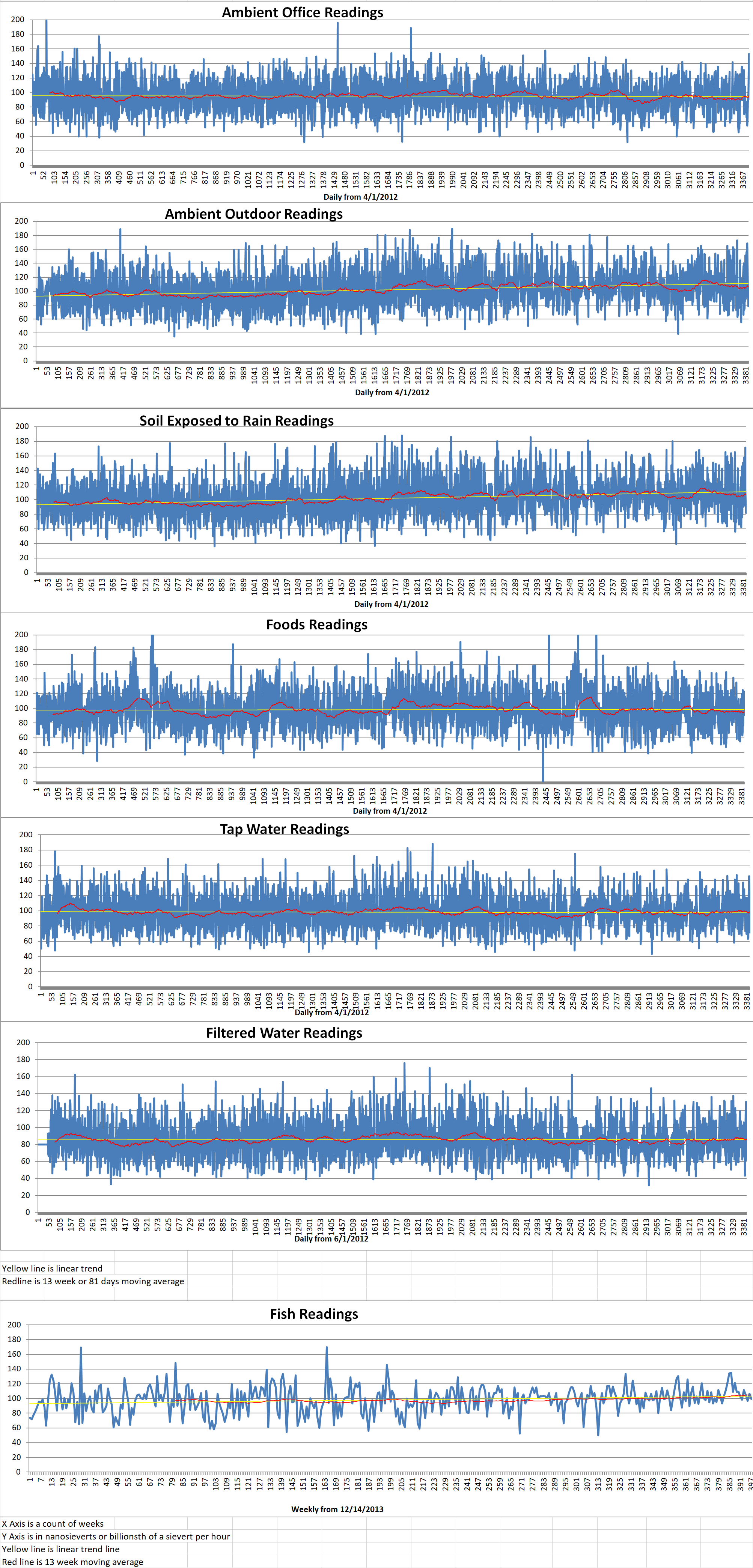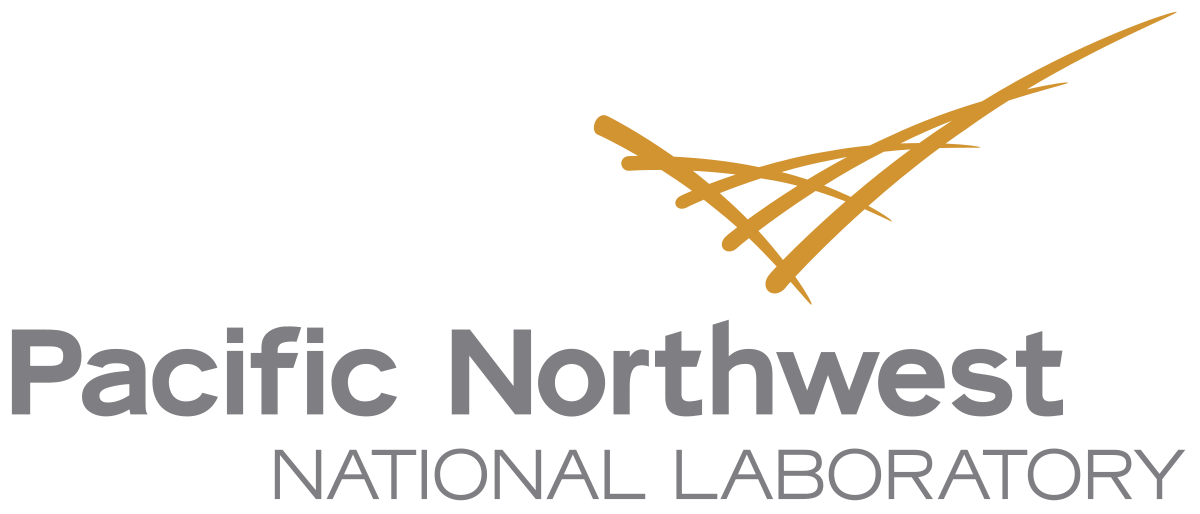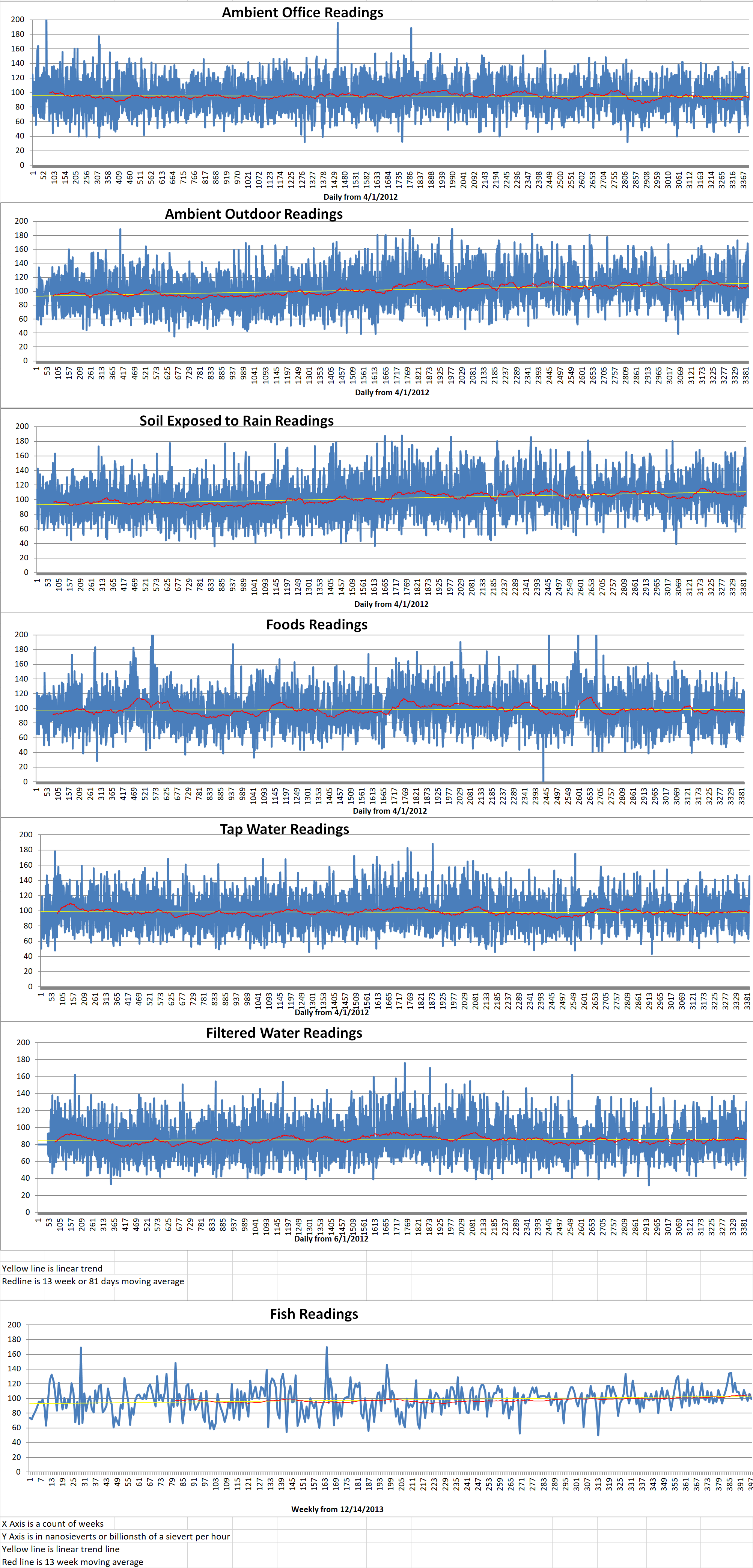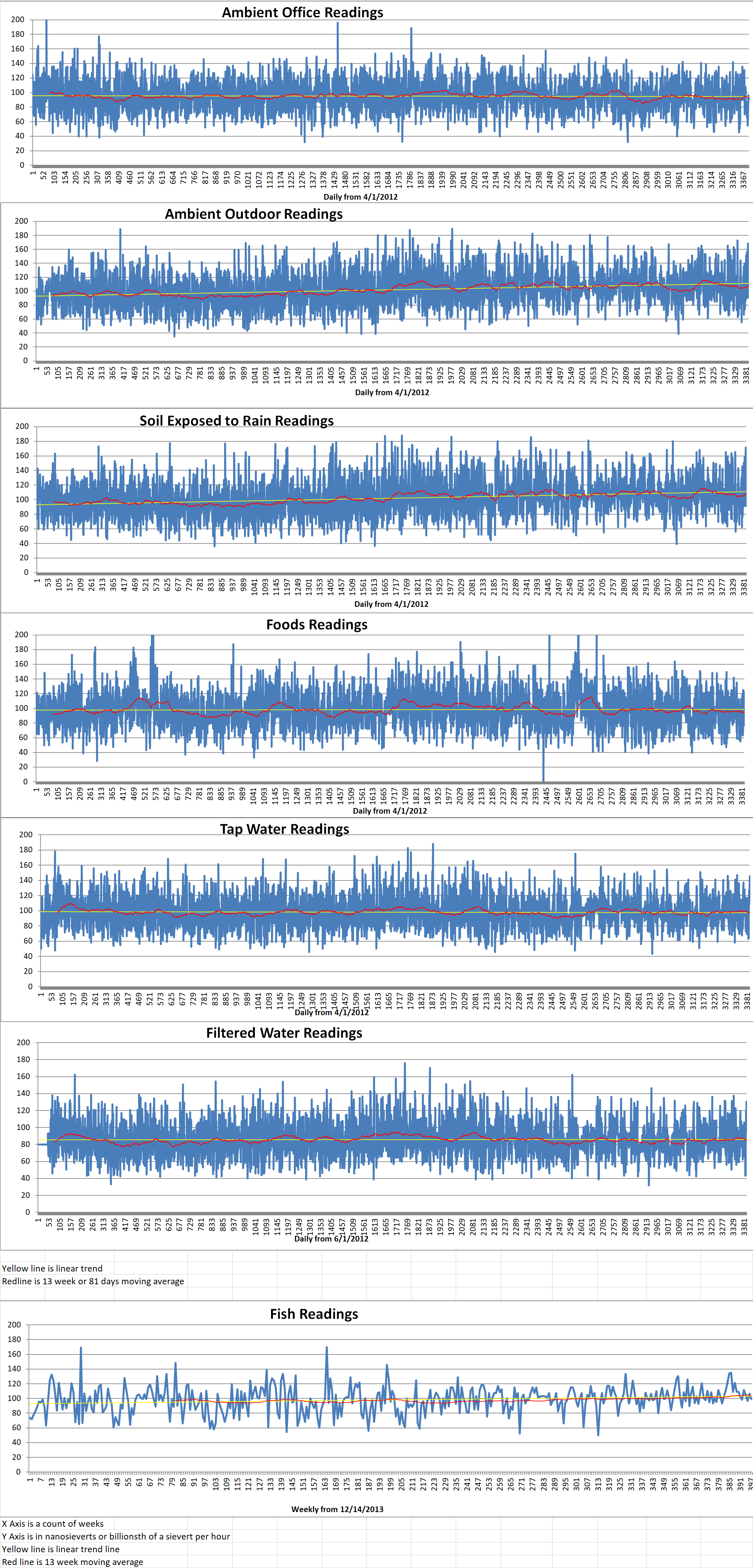Hydrogen is being promoted as an alternative vehicle fuel to gasoline and diesel. Hydrogen can be produced by electrolysis which splits water into oxygen and hydrogen. Any source of electricity can be used to generate hydrogen. Hydrogen that is produced by electricity that is generated without the emission of carbon dioxide is called clean hydrogen.
The U.S. Department of Energy (DoE) is granting the Palo Verde nuclear power plant in Arizona twenty million dollars for a project to demonstrate the production of clean hydrogen energy from nuclear power. This project is part of a DoE program to reduce the cost of clean hydrogen to one dollar per kilogram. The announcement was made as DoE marks Hydrogen and Fuel Cell Day.
The Palo Verde project is being let by PNW Hydrogen LLC. It will be part of the DoE’s H2@Scale multi-sector clean hydrogen initiative and will assist DoE to reach it Hydrogen Shot goal to reduce the cost of clean hydrogen by eighty percent to one dollar per kilogram within a decade, according to a statement by the DoE. Hydrogen Shot is the first of the DoE’s Energy Earthshots initiatives which was launched in June of this year.
David Turk is the U.S. Deputy Secretary of Energy. He said, “Developing and deploying clean hydrogen can be a crucial part of the path to achieving a net-zero carbon future and combatting climate change. Using nuclear power to create hydrogen energy is an illustration of DOE’s commitment to funding a full range of innovative pathways to create affordable, clean hydrogen, to meet DOE’s Hydrogen Shot goal, and to advance our transition to a carbon-free future.”
PNW Hydrogen will be the primary recipient of the twenty million dollar award. The award is made up of twelve million dollars from the DOE Hydrogen and Fuel Cell Technologies Office (HFTO) and eight million dollars from the Office of Nuclear Energy (ONE). The project’s goal is to produce hydrogen at the Palo Verde nuclear power plant. Six tons of this hydrogen will be stored and used to produce about two hundred megawatts of electricity during periods of high demand. It may also be utilized to make useful chemicals and other fuels. This will supply insights into integrating nuclear energy with hydrogen production technologies and will inform future clean hydrogen deployments at scale according to the DoE.
PNW Hydrogen will collaborate with multiple stakeholders in research, academia, industry and state-level government. Collaborators include the Idaho National Laboratory (INL), National Energy Technology Laboratory, National Renewable Energy Laboratory, OxEon, Electric Power Research Institute, Arizona State University, University of California Irvine, Siemens, Xcel Energy, Energy Harbor and the Los Angeles Department of Water and Power.
Palo Verde is host to three pressurized water reactors and is operated by the Arizona Public Service. It is located near Phoenix. The plant was selected in 2019 to collaborate with the INL in a project to investigate the potential use of hydrogen generated by the nuclear power plant to store energy.
According to the HFTO, October eight is Hydrogen and Fuel Cell Day. It “marks a symbolic opportunity every year to celebrate hydrogen and to talk about the role it can play as we transition to a cleaner and more equitable energy future.” The HFTO coordinates hydrogen activities across the DoE. These activities include the Hydrogen Shot.







